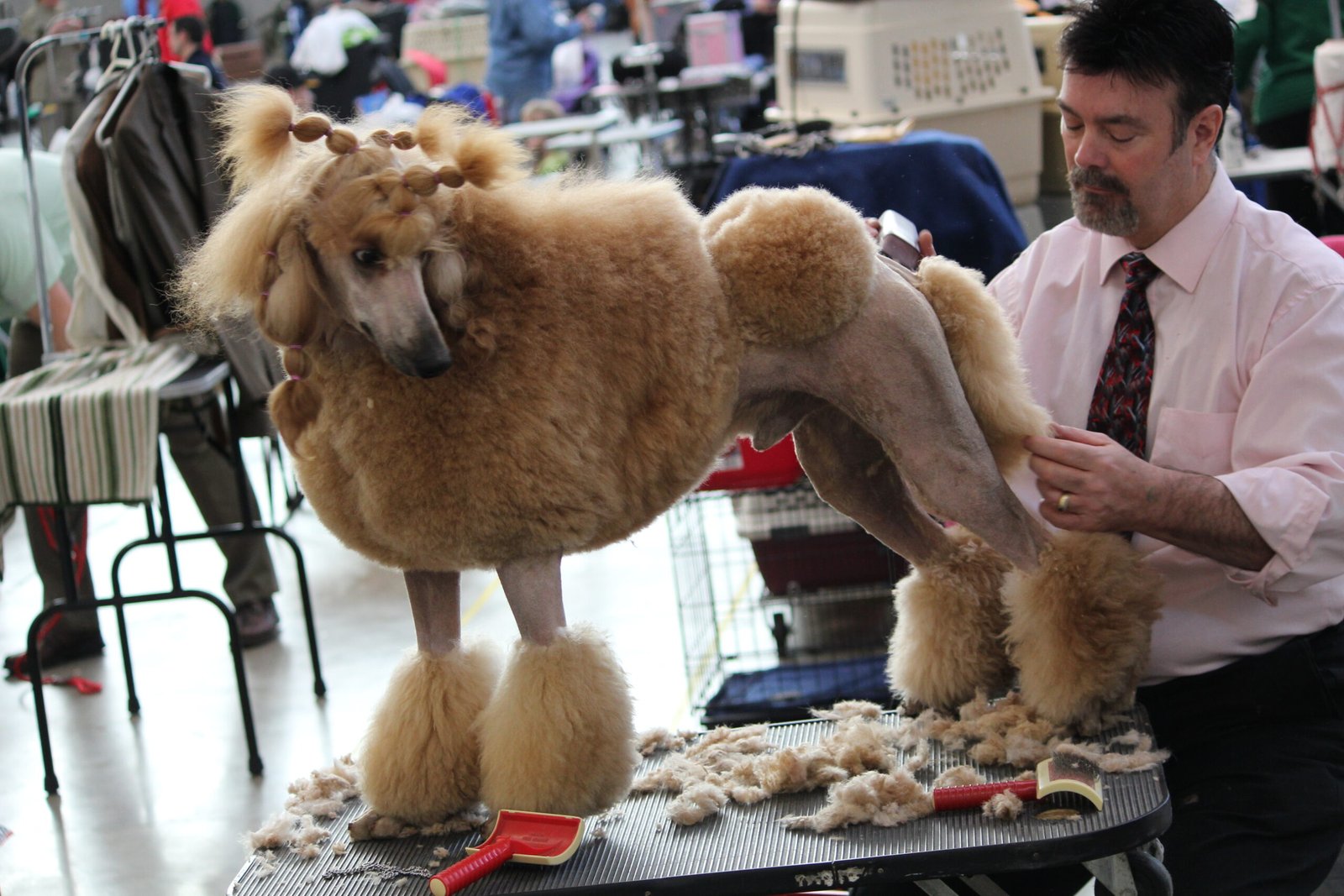When the sun begins to shine brighter and the days grow longer, the question of whether to trim your dog’s coat often arises. As pet parents, we want to ensure our furry companions are comfortable during the hot summer months. But is trimming their coat the best choice? While it might seem like a simple solution to keep them cool, a dog’s fur actually plays a big role in regulating their body temperature and protecting their skin. Knowing when and how to trim — or if you should at all — can make a huge difference in their summer comfort. Let’s dive into understanding if and why you should consider giving your dog a summer trim.
Understanding Your Dog’s Coat

The first step in deciding whether to trim your dog’s coat is understanding its natural function. A dog’s coat is much like a built-in climate control system. It provides insulation against both cold and heat, acting as a barrier against the sun’s harmful rays. For instance, double-coated breeds like Golden Retrievers or Huskies have an undercoat that helps regulate body temperature. Trimming might disrupt this natural balance, potentially leading to overheating or sunburn. It’s essential to recognize that your dog’s coat serves a purpose beyond aesthetics.
Benefits of Trimming
While the coat naturally regulates temperature, there are situations where trimming can be beneficial. For dogs with long, thick fur, a light trim can help prevent matting and tangles, which can become more pronounced in summer’s humidity. Trimming can also help to identify and remove any ticks or fleas that might be hiding in their fur. However, it’s important not to shave the coat entirely, especially for double-coated breeds, as this can cause more harm than good.
Potential Risks of Trimming
Trimming your dog’s coat can sometimes lead to unintended consequences. For instance, shaving a double-coated breed can permanently alter the texture of their fur, leaving it less effective at insulating. Furthermore, a lack of fur can expose the skin to harmful UV rays, increasing the risk of sunburn. In some cases, trimming can also lead to anxiety or discomfort for dogs not accustomed to the sensation. It’s crucial to weigh these risks against the potential benefits before deciding to trim.
Breeds That May Benefit from a Trim
Certain breeds might benefit more from a summer trim than others. Breeds with continuously growing hair, such as Poodles or Shih Tzus, often require regular grooming to prevent their fur from becoming unmanageable. For these dogs, a summer trim can offer relief from the heat and keep them looking their best. On the other hand, breeds with shorter, denser coats might not require any trimming at all, as their fur is naturally suited to handle temperature changes.
Signs Your Dog Might Need a Trim
Observing your dog’s behavior can provide clues about whether they might benefit from a trim. If your dog seems excessively panting or seeking out cool surfaces to lie on, it might indicate they are too warm. Additionally, if you notice any matting or tangling in their fur, this could be a sign they need some grooming attention. Always consult with a professional groomer if you’re unsure, as they can provide guidance tailored to your dog’s specific needs.
DIY Trimming Tips
If you decide that a trim is in order, there are a few tips to ensure a smooth process. First, invest in a good pair of dog grooming scissors or clippers. Before trimming, give your dog a thorough bath and brush their coat to remove any dirt and loosened fur. Always trim in the direction of the fur growth to prevent irritation. And remember, patience is key. Make the experience as calm and stress-free as possible by offering treats and taking breaks as needed.
Professional Grooming Services

For those unsure or uncomfortable with trimming their dog’s coat themselves, professional grooming services are an excellent option. Groomers are trained to handle a variety of breeds and coat types, ensuring your dog receives the best care possible. They can also offer additional services, such as nail trimming and ear cleaning, providing a comprehensive grooming experience. It’s always a good idea to communicate your preferences and concerns to the groomer to ensure your dog’s specific needs are met.
Alternative Ways to Keep Your Dog Cool
Trimming isn’t the only way to help your dog beat the summer heat. Providing plenty of fresh, cool water is essential to keep them hydrated. You can also create shaded areas in your yard or invest in a cooling mat for them to lie on. Taking walks during the cooler parts of the day, such as early morning or late evening, can also help prevent overheating. Additionally, some dogs enjoy splashing around in a kiddie pool, offering a fun and refreshing way to cool down.
Consulting Your Veterinarian

Before making any significant changes to your dog’s grooming routine, it’s wise to consult with your veterinarian. They can provide insights based on your dog’s health, age, and breed, ensuring that any decisions made are in their best interest. Your vet can also help identify any underlying health issues that might affect your dog’s ability to handle the summer heat. By working together, you can create a plan that keeps your furry friend comfortable and healthy all season long.
Conclusion
In conclusion, the decision to trim your dog’s coat in the summer should be based on a careful consideration of their breed, coat type, and individual needs. While trimming can offer benefits for some dogs, it’s not a one-size-fits-all solution. Understanding the role of your dog’s coat, recognizing signs of overheating, and consulting with professionals can guide you in making the best choice for your beloved pet. Remember, the goal is to keep your furry companion comfortable, healthy, and happy during the sunny summer months.
Jen is a passionate nature lover and ocean conservationist. She has dedicated her life to protecting the environment and preserving the beauty of the natural world. Growing up in a small coastal town, Jen sincerely appreciated the ocean and its inhabitants. She has spent countless hours exploring the shoreline, learning about the creatures that inhabit the waters, and advocating for their protection. Jen is an active member of ocean conservation organizations, and she is committed to educating the public about the importance of conserving wildlife and the natural environment.





